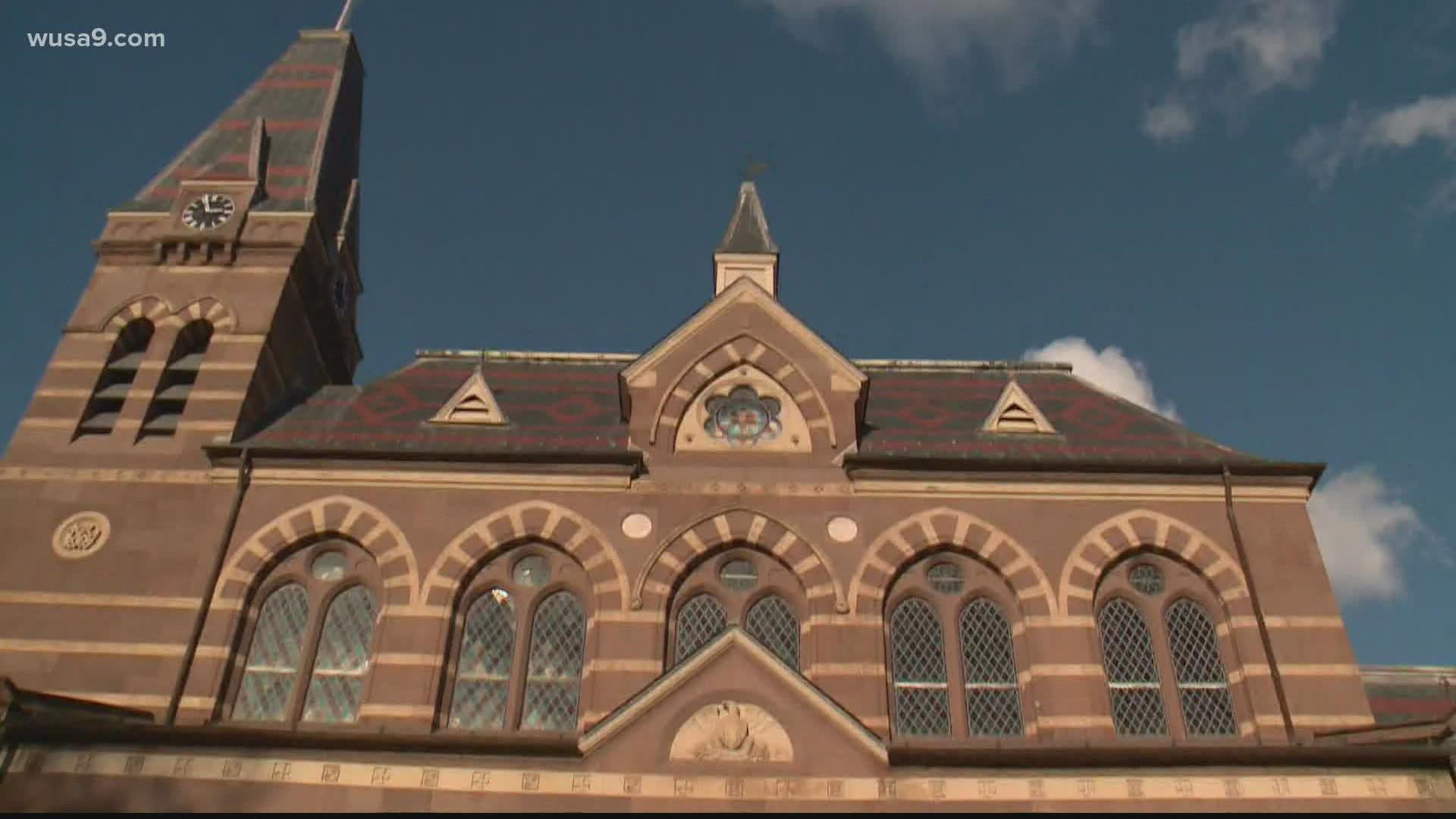WASHINGTON — In the early days of Washington, a small deaf community that had moved to the city became very well connected with some of D.C.'s top power brokers.
Amos Kendall, a former US Postmaster General donated the land and offered financial support for what would become the world's only university tailored to deaf students.
President Abraham Lincoln signed a charter in 1864 which created Gallaudet University in Northeast Washington.
Those stories and many others are explored at the National Deaf Life Museum on Gallaudet's campus, which has recently reopened to visitors after being closed during the COVID-19 pandemic.
The museum opened in 2014, on the 150th anniversary of Gallaudet's founding.
"People may not have realized that they can come on campus to visit," said Meredith Peruzzi, the National Deaf Life Museum's director. "The museum, in general, gives a different way of thinking about the (deaf) community."
One particular story Peruzzi highlighted during our visit was a historical error that has since been corrected by the museum. It was believed that the school's first black student graduated from Gallaudet in 1953. Turns out, a black student had graduated forty years earlier in 1913.
"Black students were not allowed to be enrolled at that time so (this student) came in as a Native American," said Peruzzi. "This particular student had hair they could make look like a Native American and passed as Native American and he used that to enroll in the University."
It wasn't until the museum opened in 2014 that Gallaudet learned the truth about the student.
"The family reached out to me and said, ‘by the way, we’ve been trying to correct this story for years. Can you please help us communicate this story that our family is a black family,'" recounted Peruzzi.
Another pinnacle moment in the University's history highlighted in the museum is the 'Deaf President Now' protests which swept over the campus in April of 1988.
"Most of the museum and all the exhibits you see tell longer stories. Typically about thirty or forty years," said Peruzzi. "This exhibit is all about one week because there is so much importance to the deaf community."
During this time, Gallaudet was replacing an outgoing President and the replacement selected was a 'hearing' woman. Someone who was not deaf.
“The students were opposed to that because at that time they felt like deaf people can lead a university," said Peruzzi. "Why not have a deaf president?"
The University received a letter from then-Vice President George H. W. Bush concerning the protests, which is on display. Peruzzi says this protest was one of the seminal moments in civil rights for the deaf community, as it spurred Bush to take action and ultimately sign The Americans with Disabilities Act (ADA) after he became president in 1990.
WATCH NEXT: The Netherlands Carillon in Arlington | Mic'd Up
The Netherlands Carillon was a gift from the Dutch people to show their appreciation for America's aid during and after WWII.

